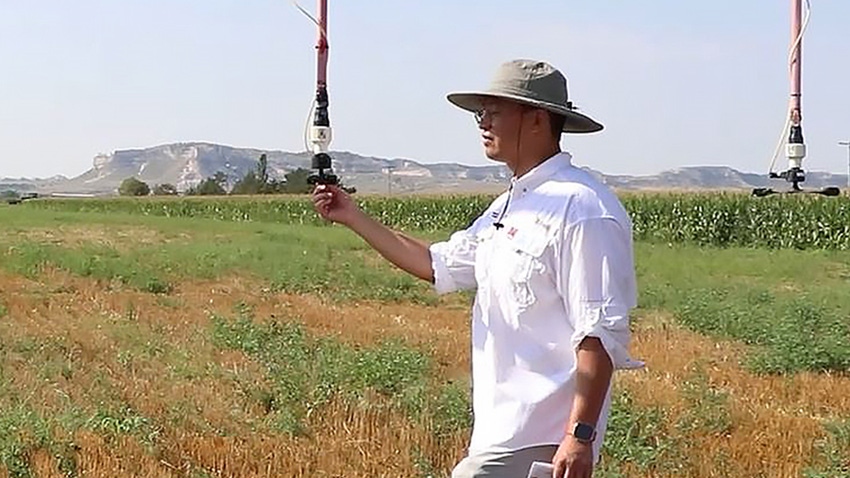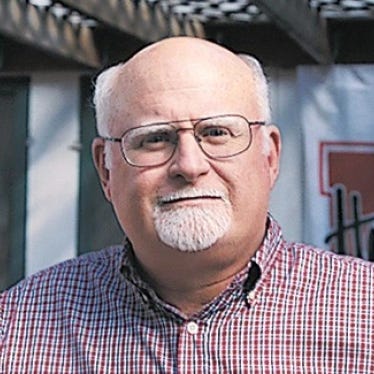
Improvements to pivot-irrigation water delivery are continuous, it seems, at least at the University of Nebraska Panhandle Research and Extension Center in Scottsbluff.
Xin Qiao, Nebraska Extension water and irrigation management specialist at the center, is experimenting with a unique prototype valve system for center pivots that is remote-controlled and self-powering. UNL is working with KZValve, out of Greenwood, Neb., which is developing the components of the valve system.
Richard Faflak, KZValve research and development mechanical engineer, lists the three main hardware components of the system — including the valve itself, an actuator that houses the gear motor and electronics, and what Faflak calls the “self-powering energy harvesting module” that is at the end of a drop line and distributes the water.
The force of the water charges the battery in the actuator, providing the self-powering function of the system.
Self-powering
Faflak believes the self-powering function could potentially also be provided by solar energy. He stresses that the system is still in development and isn’t on the market yet.
KZValve received a two-year grant from the Nebraska Department of Economic Development with UNL as a co-awardee. The company is preparing a second grant application to continue testing, Faflak says.
“The innovative self-power generating feature could possibly be used in a partial variable-rate irrigation setup,” Qiao says.
Last year, on a linear-move sprinkler irrigation system at the Panhandle center, one span that watered about 4 acres was fitted with eight of the valve units, each about 5 feet apart. Qiao and Faflak presented the new valve design and research findings to producers attending last summer’s annual Panhandle Agriculture Research and Technology Tour.
Another possible application for the valve, with some modifications, is on the end gun of a pivot. In theory, the valve system could supplement or replace nozzles or sprinklers along the pivot, avoiding the need for cables on the pivot.
“Each of the units is designed to be self-maintaining and remotely controlled,” Faflak adds.
The UNL team is developing a web-based app to control the valve and to implement variable-rate irrigation, Qiao says. The program also has the potential to be incorporated with existing irrigation-control software or apps in the future. That would allow irrigators to control the valves remotely, either from home or a truck, or applying water prescriptions based on field data.
McCabe is former editor of Nebraska Farmer. He writes from Lincoln, Neb.
Read more about:
IrrigationAbout the Author(s)
You May Also Like






